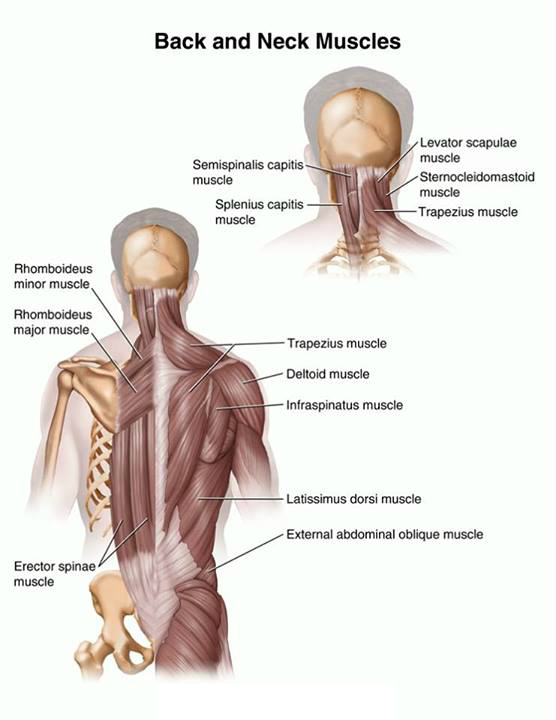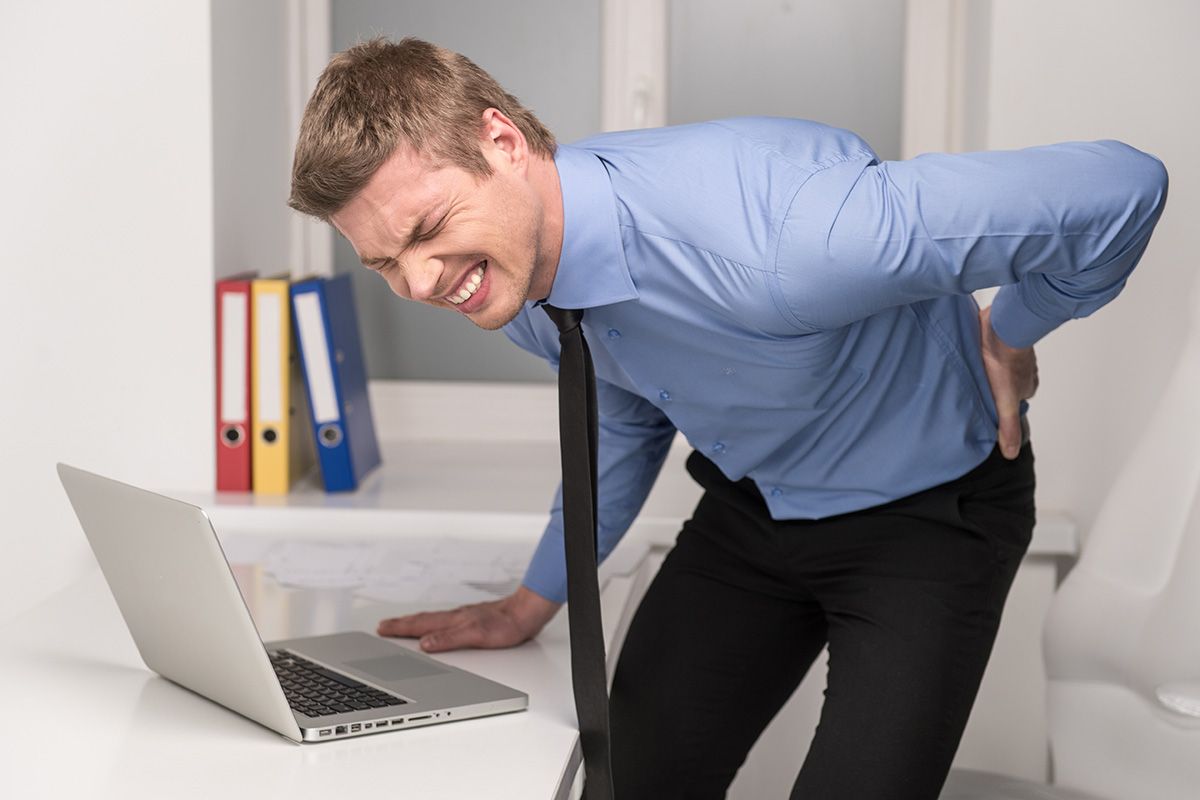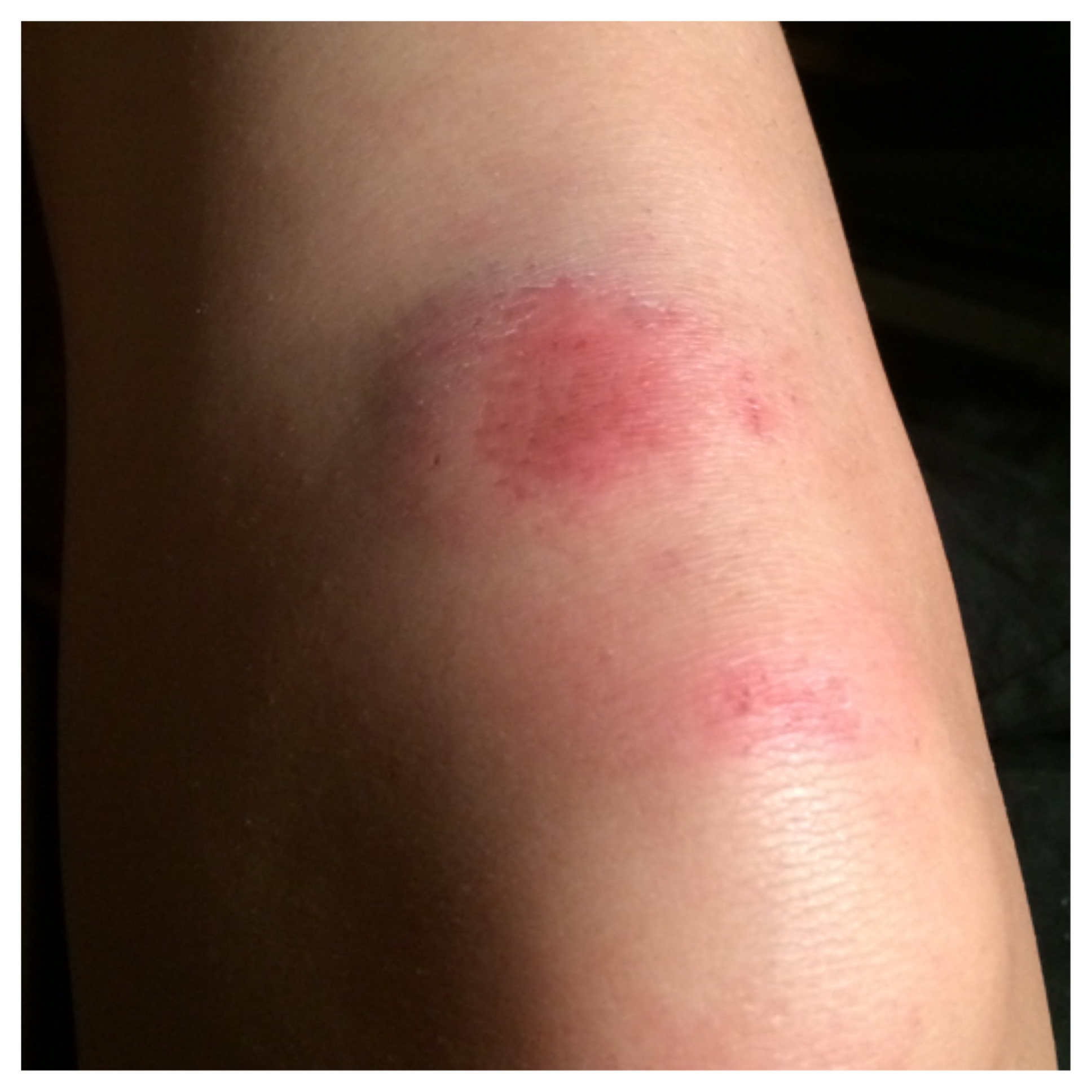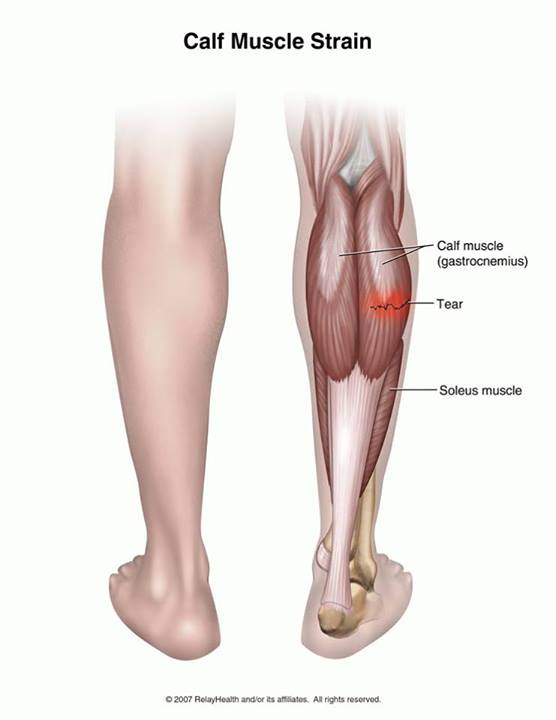Golfer’s Elbow

What is golfer’s elbow?
Golfer’s elbow is a painful inflammation of the bony bump on the inner side of the elbow. The medical term for golfer’s elbow is medial epicondylitis.
The elbow joint is made up of the bone in the upper arm (humerus) and one of the bones in the lower arm (ulna). The bony bumps at the bottom of the humerus are called the epicondyles. The bump on the side closest to the body is called the medial epicondyle. The tendons of the muscles that work to bend your wrist attach at the medial epicondyle. Golfer’s elbow is also referred to as wrist flexor tendinopathy or elbow tendinopathy.
Causes of golfer’s elbow?
Golfer’s elbow is caused by overuse of the muscles that bend your fingers and wrist. When these muscles are overused, the tendons are repeatedly pulled where they attach to the bone. As a result, the tendons get inflamed. This commonly happens in sports such as golf, in throwing sports, and in racquet sports. It may also happen in work activities like carpentry or typing.
If you have had tendinopathy for a long time, scar tissue may develop in the tendon. This is called tendinosis.
Symptoms of golfer’s elbow?
Golfer’s elbow causes pain on the bony bump on the inner side of the elbow. You may also have pain along the entire inner side of the forearm when the wrist is bent. You may have pain when you make a fist.
Diagnosis of golfer’s elbow?
Your healthcare provider will examine your elbow and check for tenderness.
Treatement of golfer’s elbow?
To treat this condition:
- Put an ice pack, gel pack, or package of frozen vegetables, wrapped in a cloth on the area every 3 to 4 hours, for up to 20 minutes at a time.
You could also do ice massage. To do this, first freeze water in a Styrofoam cup, then peel the top of the cup away to expose the ice. Hold the bottom of the cup and rub the ice over your elbow for 5 to 10 minutes. Do this several times a day while you have pain. - Raise the elbow on a pillow when you are sitting or lying down.
- Use an elastic bandage around the elbow, or a tennis elbow strap just below the tender spot on the elbow as directed by your provider.
- Take an anti-inflammatory such as ibuprofen, or other medicine as directed by your provider. Nonsteroidal anti-inflammatory medicines (NSAIDs) may cause stomach bleeding and other problems. These risks increase with age. Read the label and take as directed. Unless recommended by your healthcare provider, do not take for more than 10 days.
- While you recover from your injury, you will need to change your sport or activity to one that does not make your condition worse. For example, walk instead of playing golf, or write things out by hand instead of typing.
- Follow your provider’s instructions for doing exercises to help you recover.
In severe cases, you may need surgery.
How long will the effects last?
The length of recovery depends on many factors such as your age, health, and if you have had a previous injury. Recovery time also depends on the severity of the injury. A mild injury may recover within a few weeks, whereas a severe injury may take 6 weeks or longer to recover. This problem can sometimes be long-lasting and can even come back once you are better. You need to stop doing the activities that cause pain until the elbow has healed. If you keep doing activities that cause pain, your symptoms will return and it will take longer to recover.
When can I return to my normal activities?
Everyone recovers from an injury at a different rate. Return to your activities depends on how soon your elbow recovers, not by how many days or weeks it has been since your injury has occurred. In general, the longer you have symptoms before you start treatment, the longer it will take to get better. The goal is to return to your normal activities as soon as is safely possible. If you return too soon you may worsen your injury.
You may return when you are able to forcefully grip a bat or golf club, or do activities such as working at a keyboard without pain in your elbow. It is important that there is no swelling around your injured elbow and that it is as strong as the uninjured elbow. You must have full range of motion of your elbow.
How can it be prevented?
Golfer’s elbow occurs because you overuse the muscles that bend your wrist. Slow down activities that cause pain. Wearing a tennis elbow strap and doing elbow stretching exercises may help prevent this problem.
Physiotherapy of golfer’s elbow
Golfer’s Elbow Exercises
You may do the stretching exercises right away. You may do the strengthening exercises when stretching is nearly painless.
Stretching exercises
Wrist active range of motion:
Flexion and extension: Bend the wrist of your injured arm forward and back as far as you can. Do 2 sets of 15.
Wrist stretch:
Press the back of the hand on your injured side with your other hand to help bend your wrist. Hold for 15 to 30 seconds. Next, stretch the hand back by pressing the fingers in a backward direction. Hold for 15 to 30 seconds. Keep the arm on your injured side straight during this exercise. Do 3 sets.
Forearm pronation and supination:
Bend the elbow of your injured arm 90 degrees, keeping your elbow at your side. Turn your palm up and hold for 5 seconds. Then slowly turn your palm down and hold for 5 seconds. Make sure you keep your elbow at your side and bent 90 degrees while you do the exercise. Do 2 sets of 15.
Strengthening exercises
Eccentric wrist flexion:
Hold a can or hammer handle in the hand of your injured side with your palm up. Use the hand on the side that is not injured to bend your wrist up. Then let go of your wrist and use just your injured side to lower the weight slowly back to the starting position. Do 3 sets of 15. Gradually increase the weight you are holding.
Eccentric wrist extension:
Hold a soup can or hammer handle in the hand of your injured side with your palm facing down. Use the hand on the side that is not injured to bend your wrist up. Then let go of your wrist and use just your injured side to lower the weight slowly back to the starting position. Do 3 sets of 15. Gradually increase the weight you are holding.
Grip strengthening:
Squeeze a soft rubber ball and hold the squeeze for 5 seconds. Do 2 sets of 15.
Forearm pronation and supination strengthening:
Hold a soup can or hammer handle in your hand and bend your elbow 90 degrees. Slowly turn your hand so your palm is up and then down. Do 2 sets of 15.
Resisted elbow flexion and extension:
Hold a can of soup with your palm up. Slowly bend your elbow so that your hand is coming toward your shoulder. Then lower it slowly so your arm is completely straight. Do 2 sets of 15. Slowly increase the weight you are using.











